The Mini Electric is the greatest car ever made. No, really, it is.
But only if you live in a city, have a parking spot connected to a charging point, don’t cover more than 45 miles in any given direction and are willing to pay anywhere between £25,000-£30,000 for the privilege of owning a three-door supermini, albeit one with near-hot hatch levels of performance.
But I really do mean what I say: for a niche of people – maybe a very small niche of people – the Mini EV is the answer to all their questions: intoxicatingly desirable, neck-jerkingly rapid, with a lashing of the brand’s self-declared go-kart-like directness, blessed with a hint of sporting prowess (albeit slightly let down by a weight-induced desire to push on if you really try) and oh so cheap and easy to own, thanks to running off the plug. If all my stars aligned, I would buy one in the blink of an eye as a second car and, based on what I’ve learned over the past few weeks and hundreds of miles, probably never look back.
So the question that you really have to ask yourself before buying is not whether you will enjoy it – because all but anyone shopping on the most focused edges of hot hatchdom and beyond should – but how well it will fit into your life. This largely boils down to just three things: whether you want a supermini, will pay the price (which surely most will swap for a monthly lease of about £250), and can live with the 110 miles of real-world range I squeezed from it on a good day or the 80 or so that it proffered on a long, slightly bum-clenched motorway run on a miserably wet and cold day.

Before you shudder, please remember that, for most people most of the time, this will be enough, even if you don’t realise it. Driving statistics are well recorded and prove beyond doubt – or, in many cases, our own perceptions – that the Mini’s range will meet most needs. Yes, there were days I left the Mini at home. But when I took it out, not once was I let down, even if there were a few moments when my unfamiliarity prompted a bead of sweat on my brow.


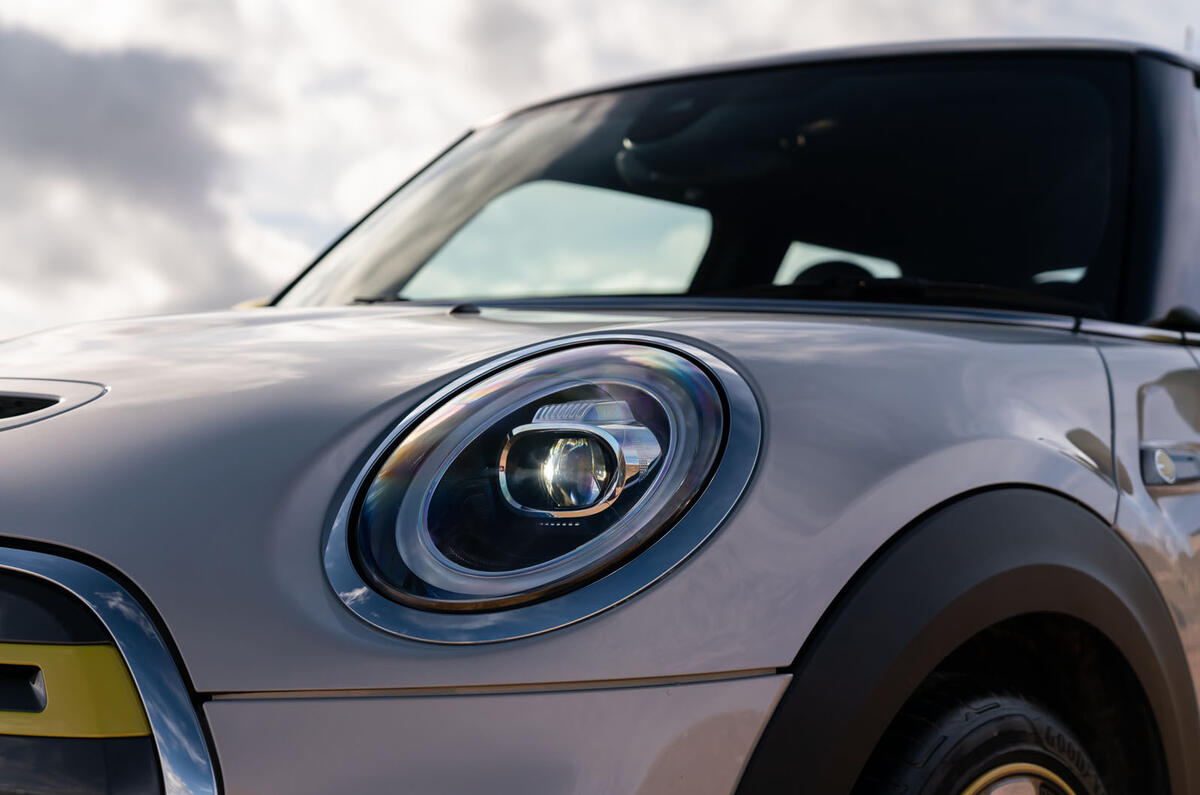
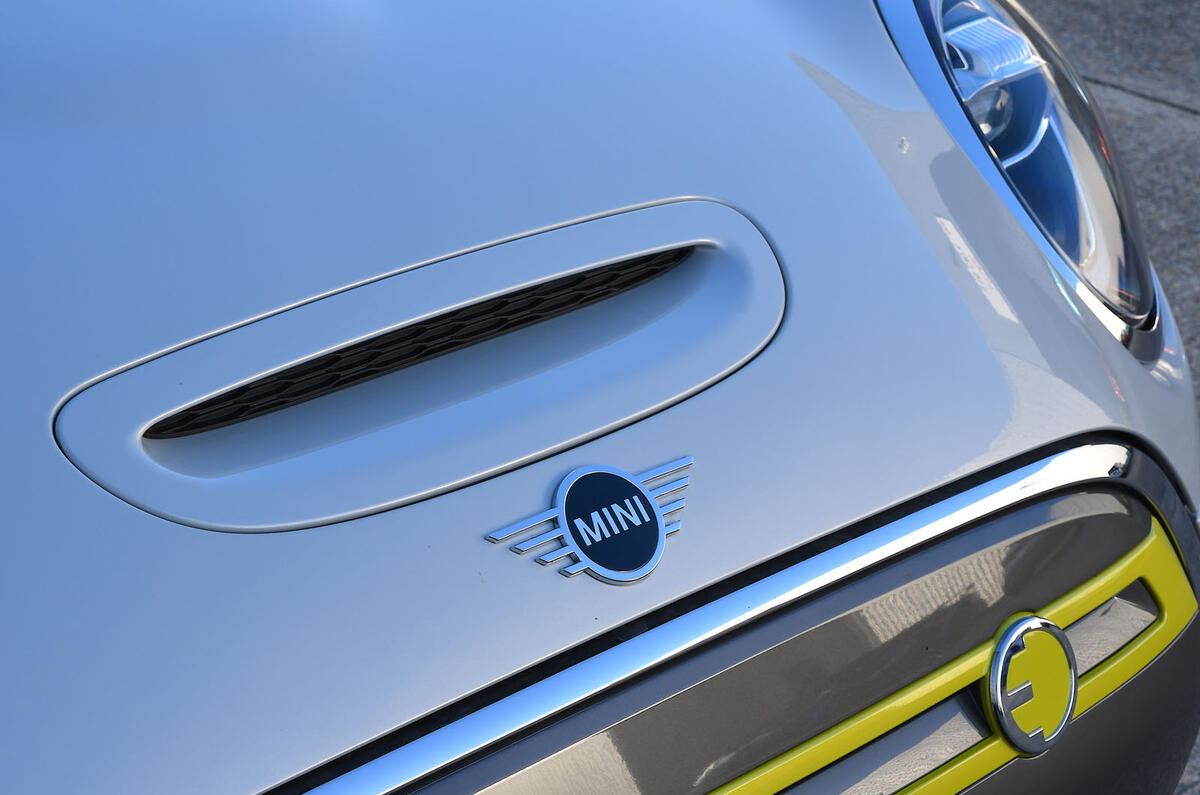
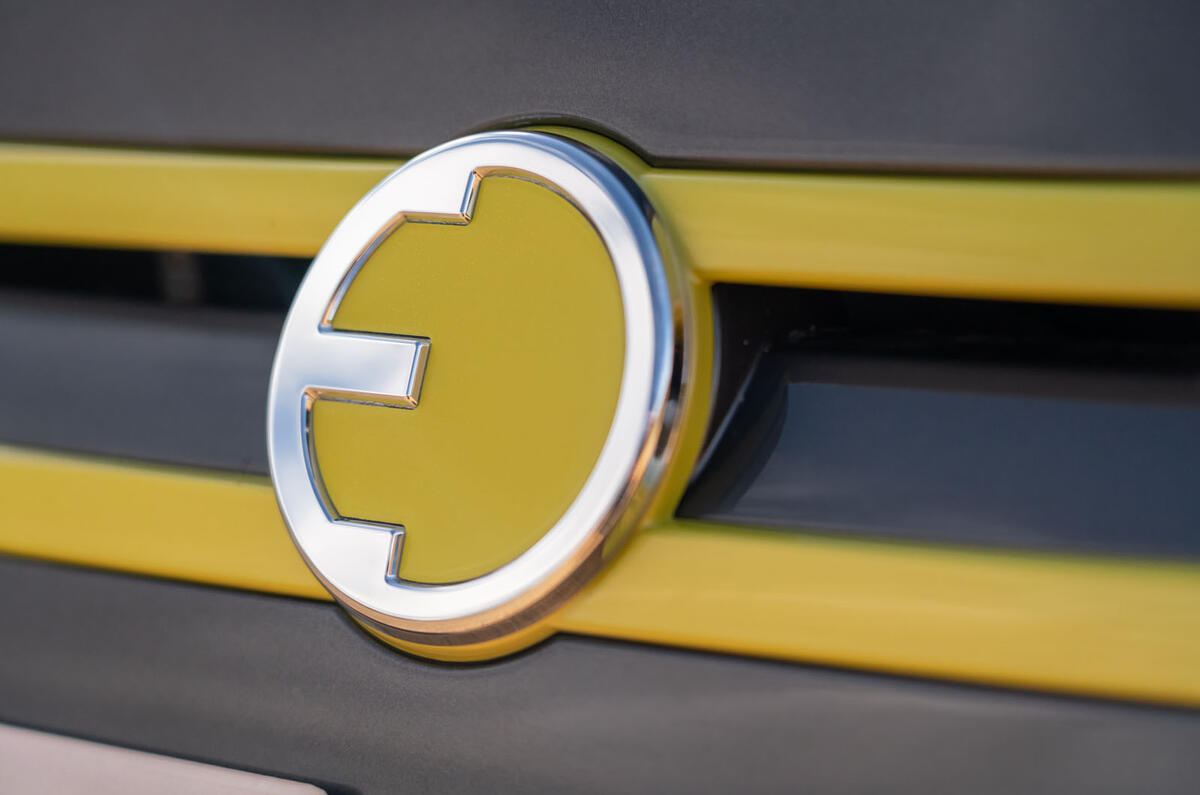
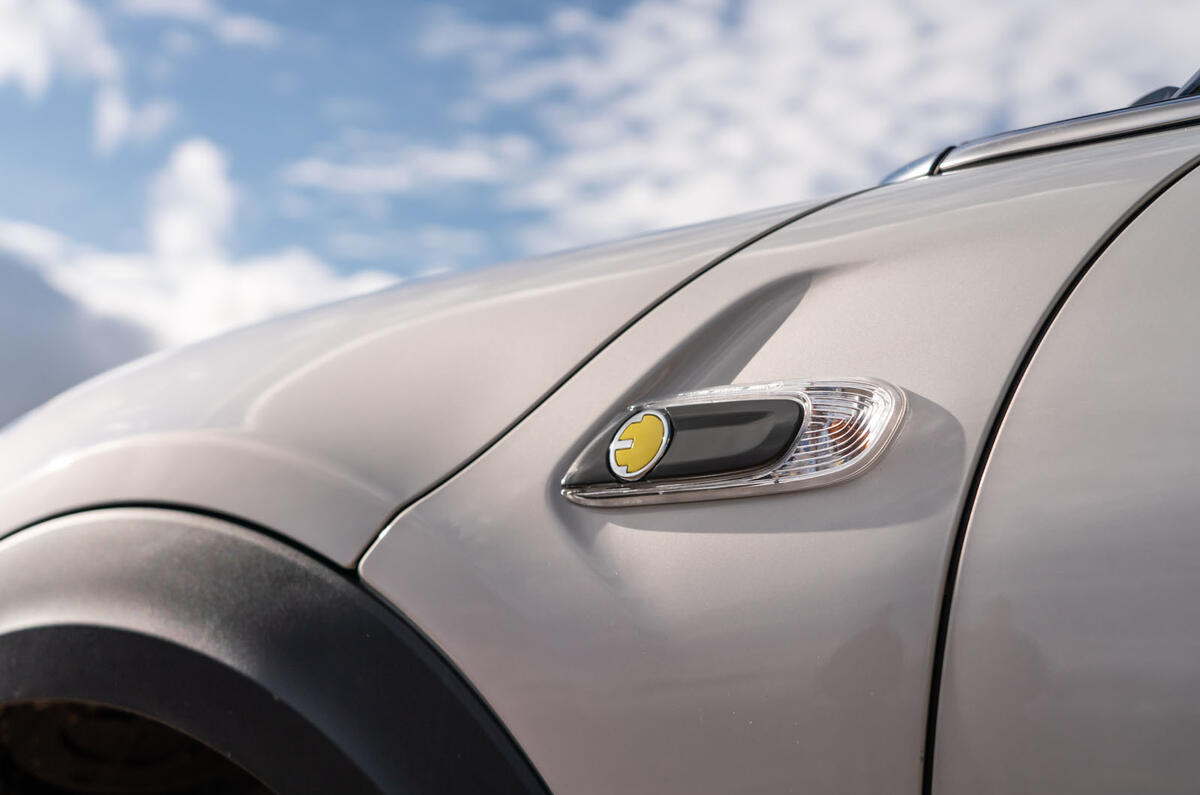
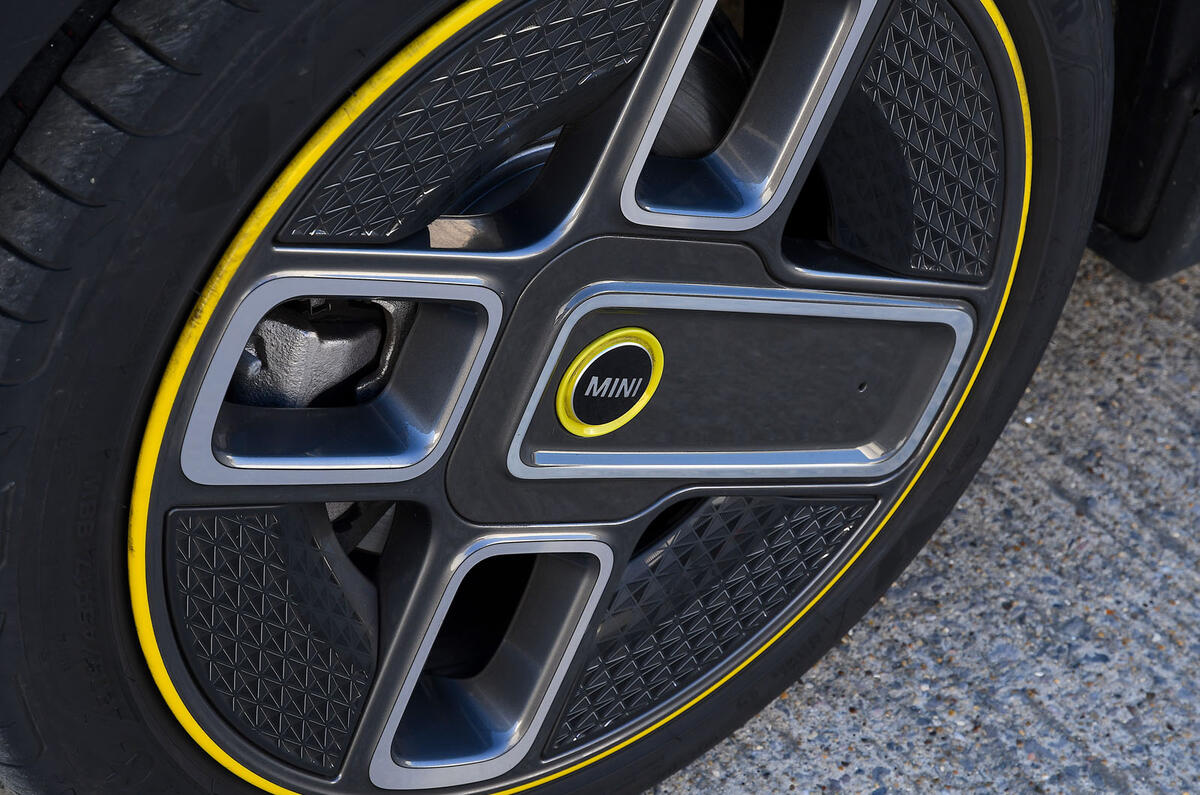
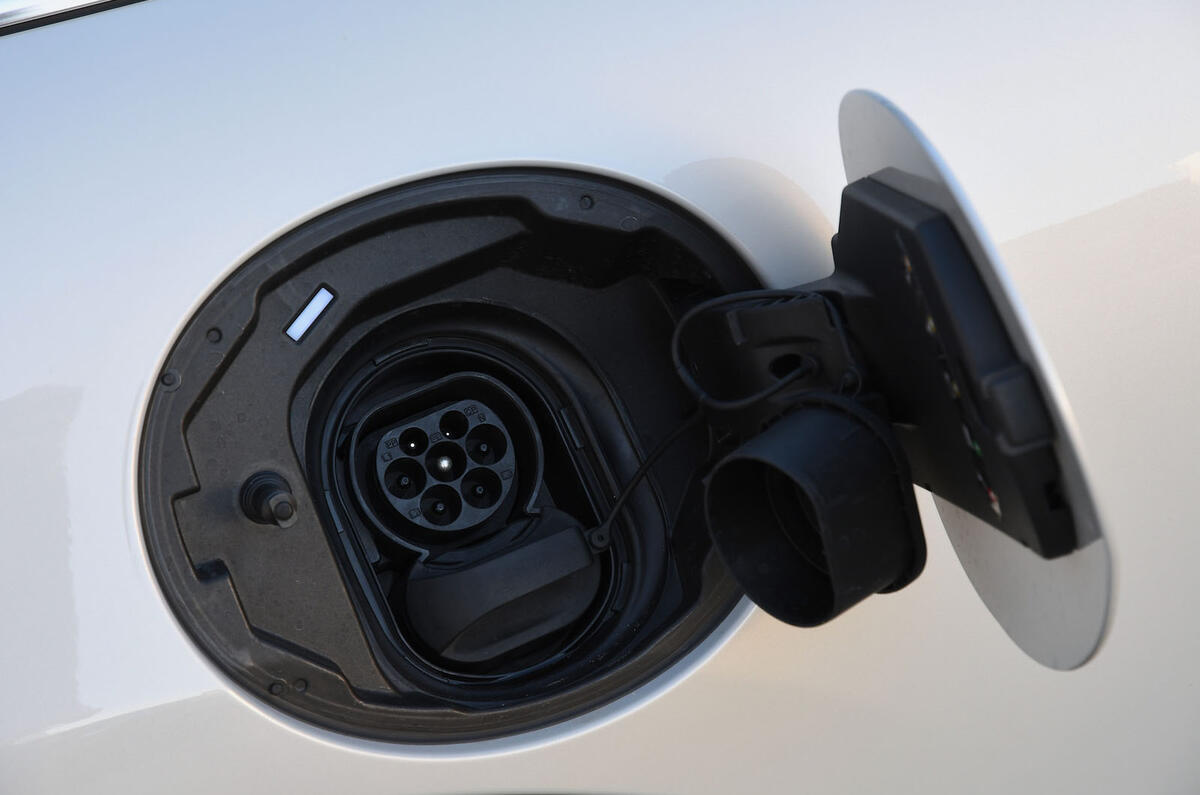


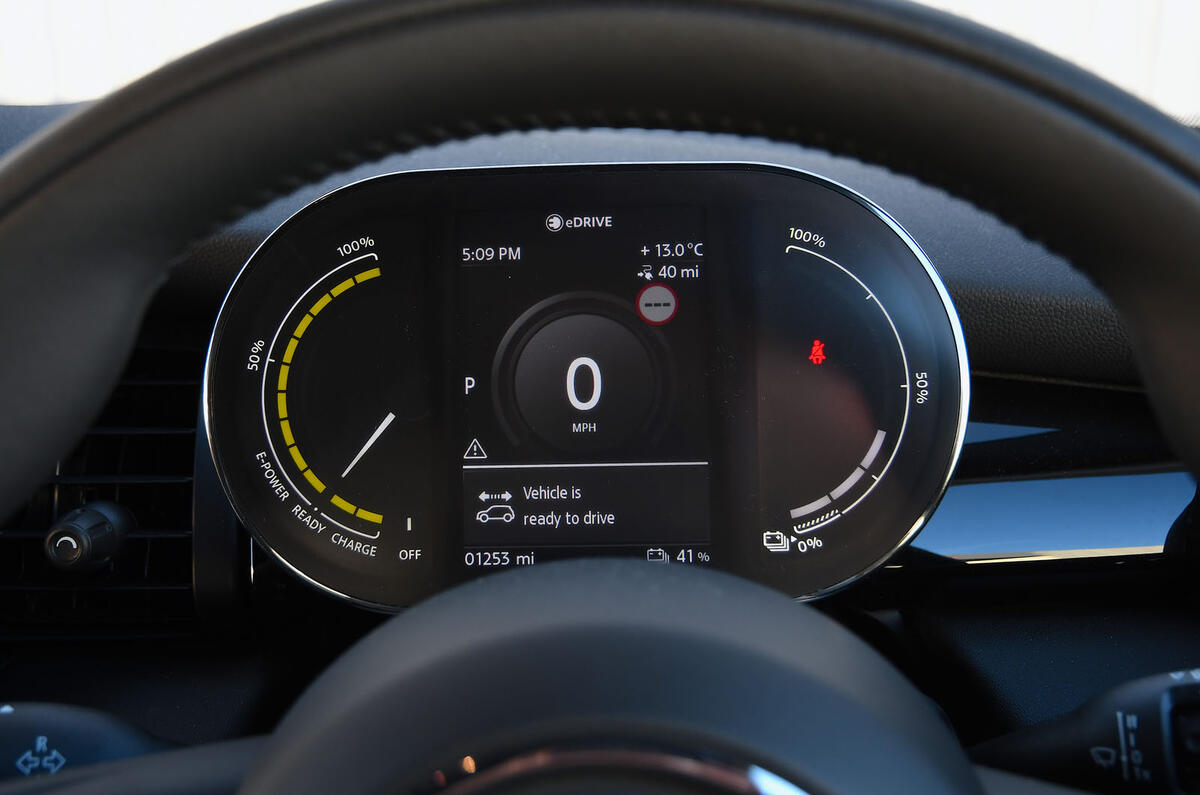

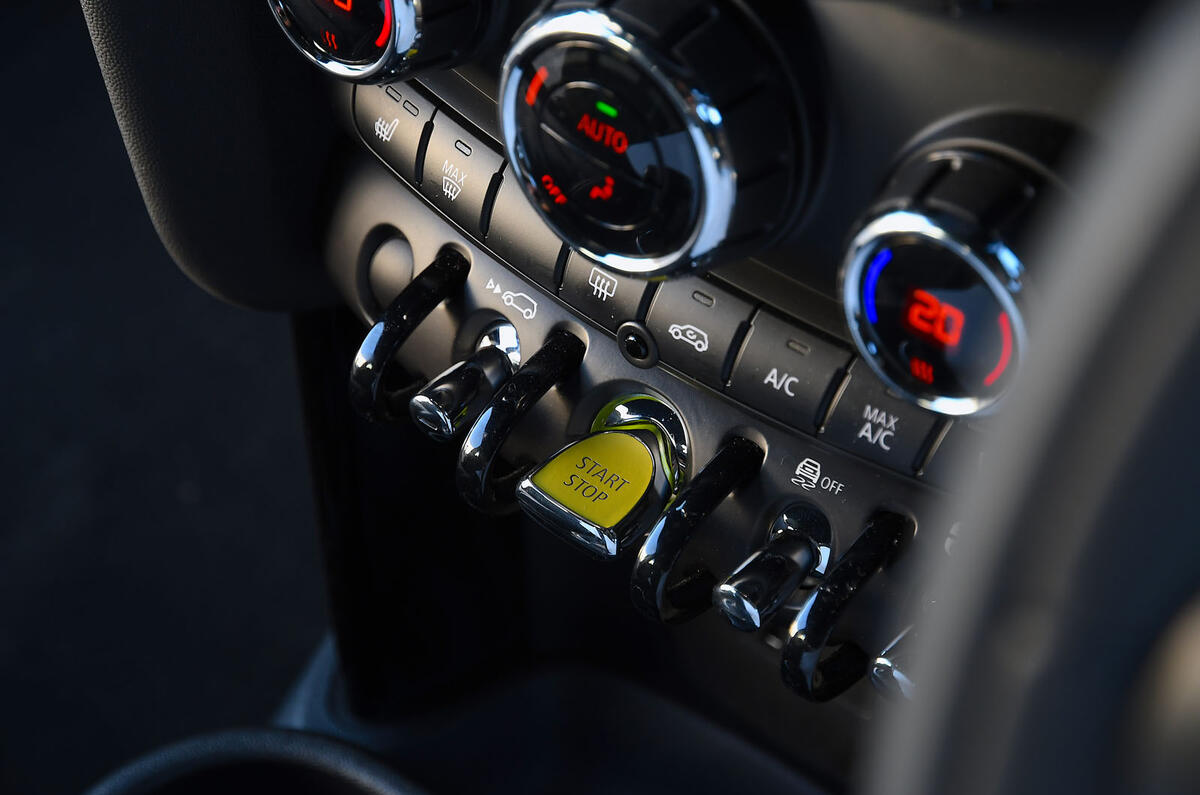
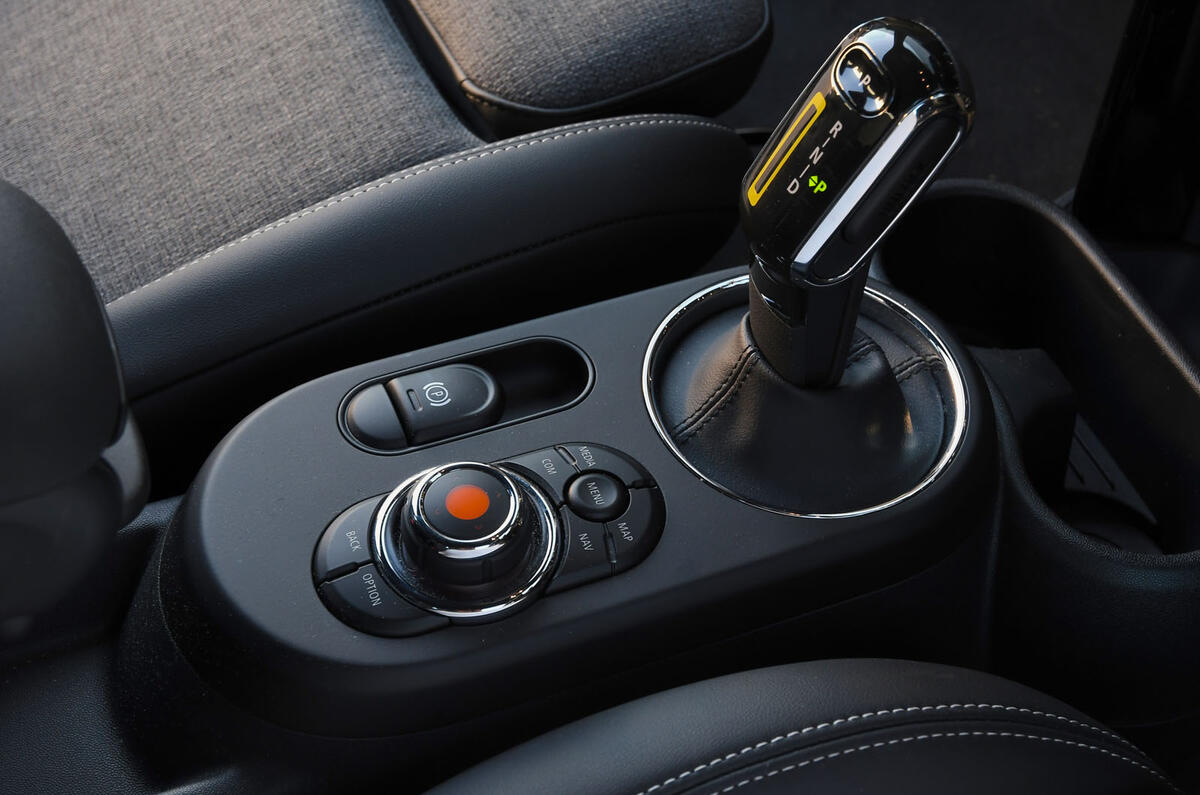
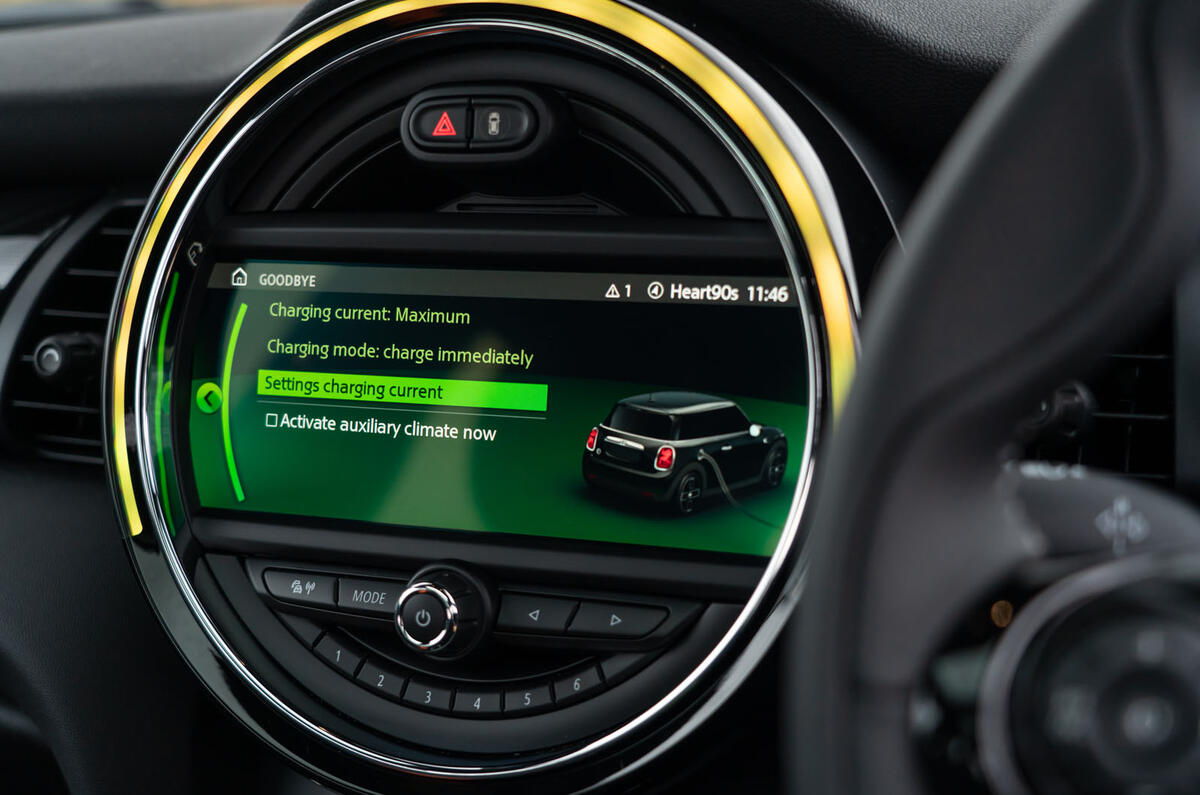
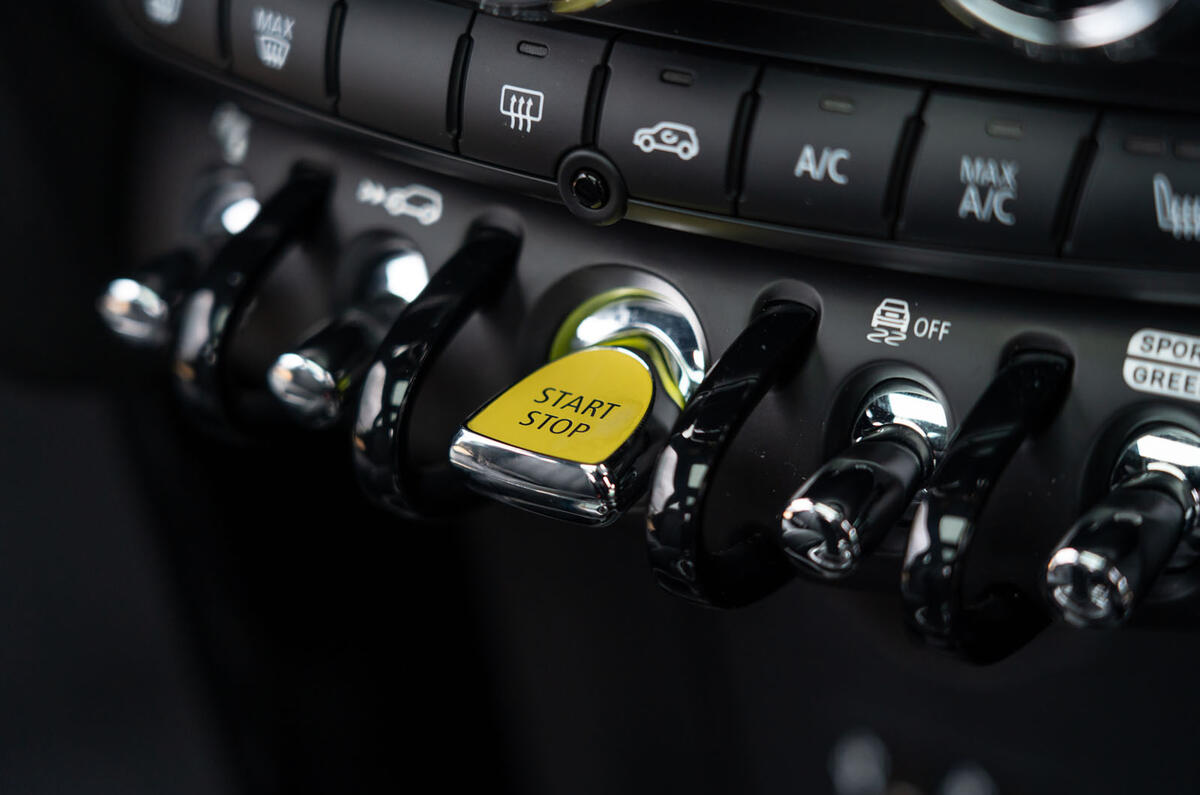
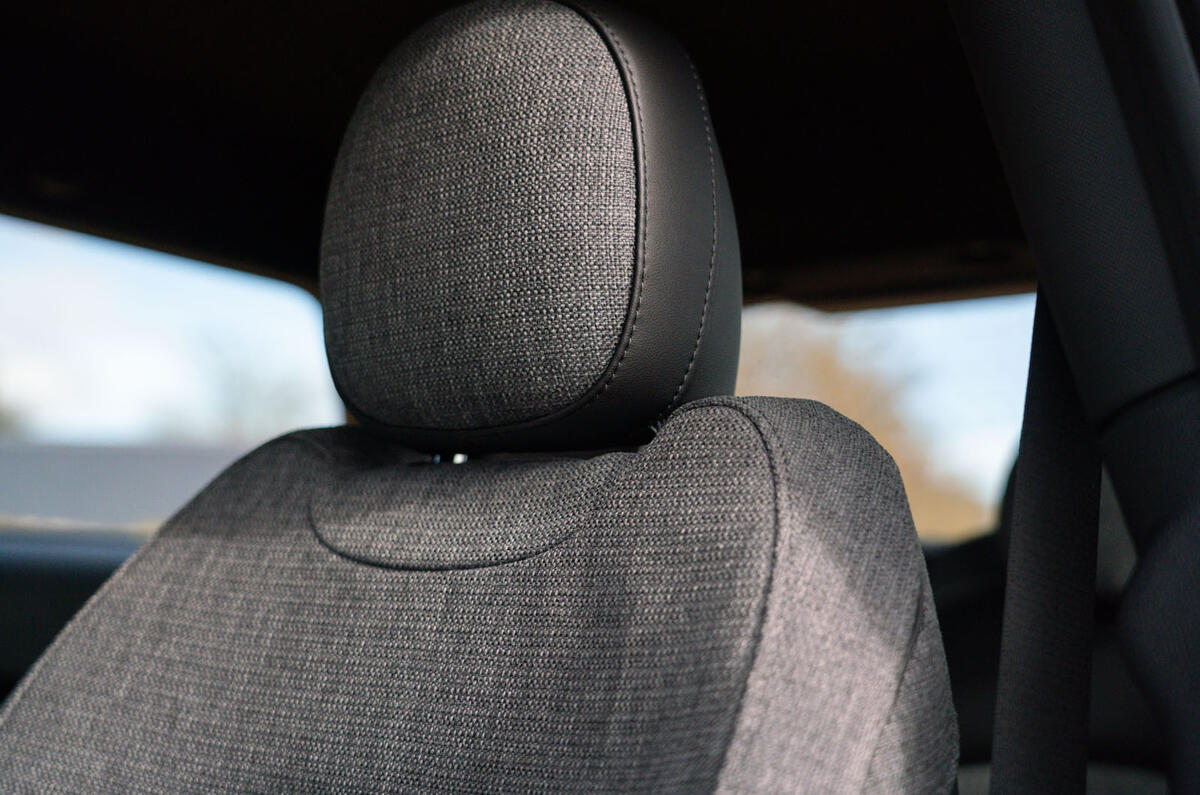

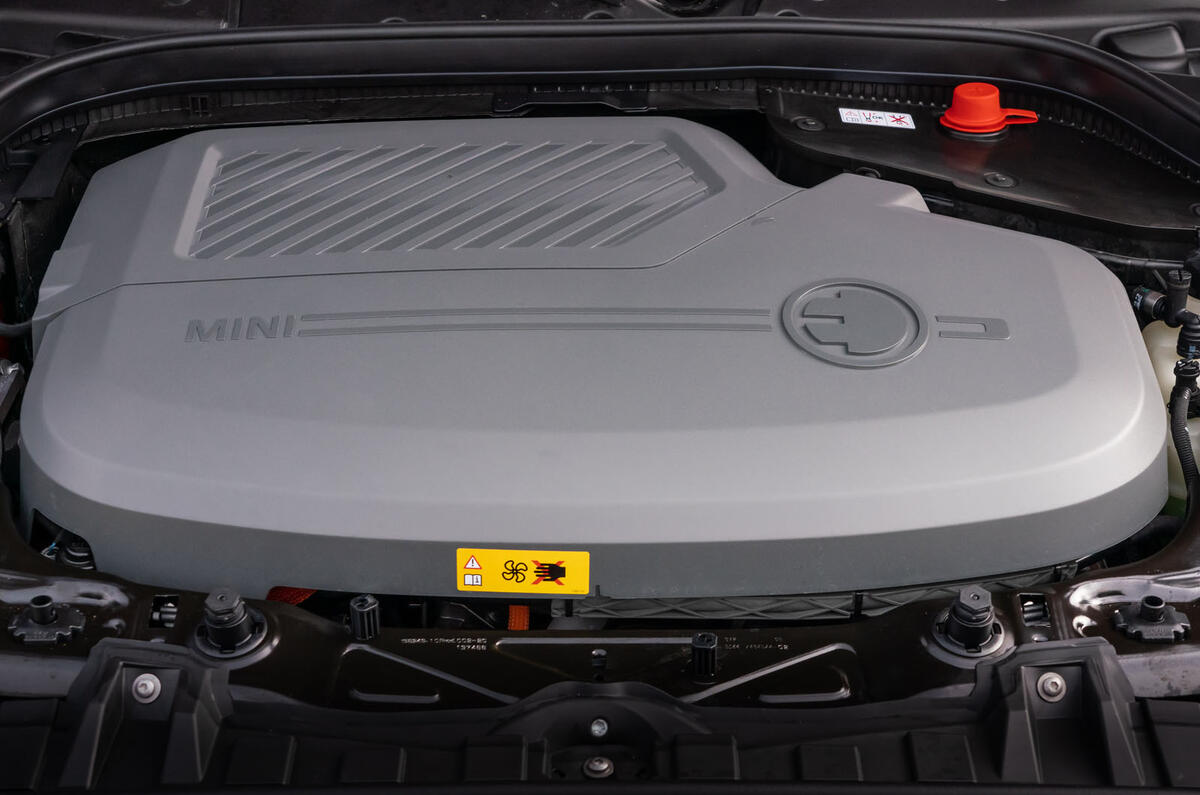
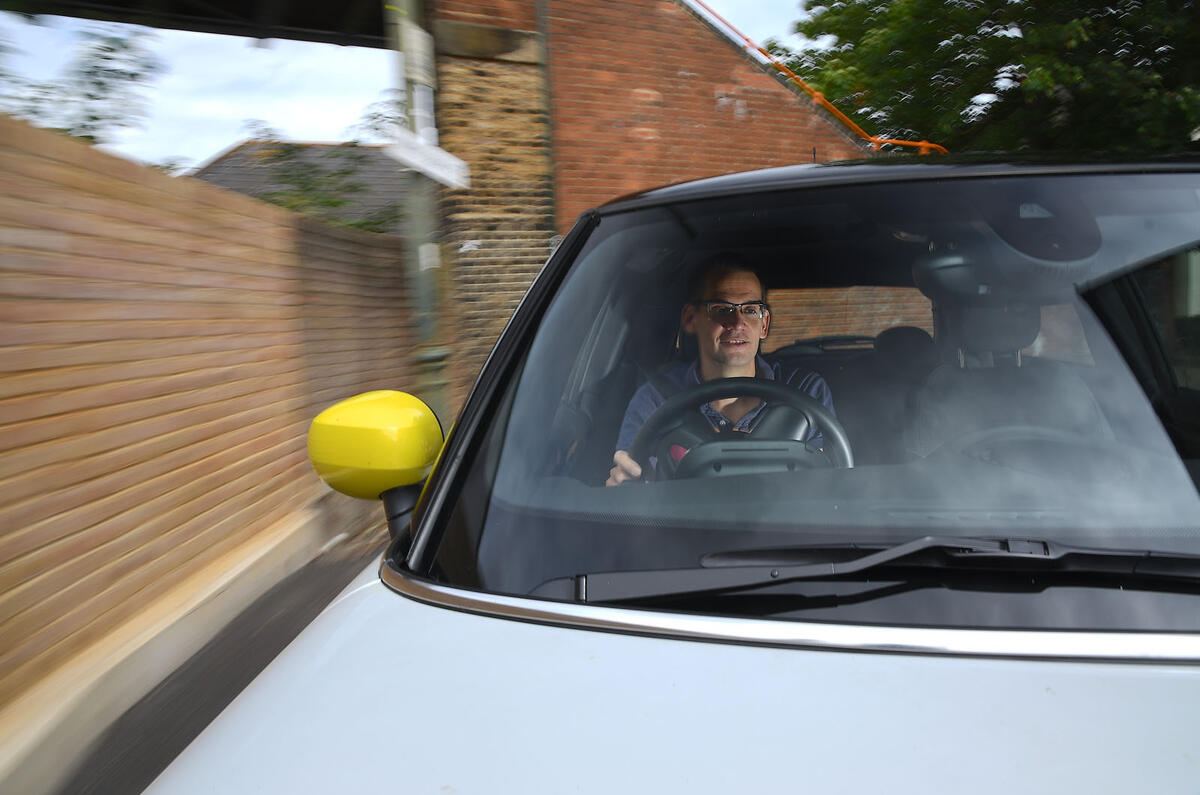
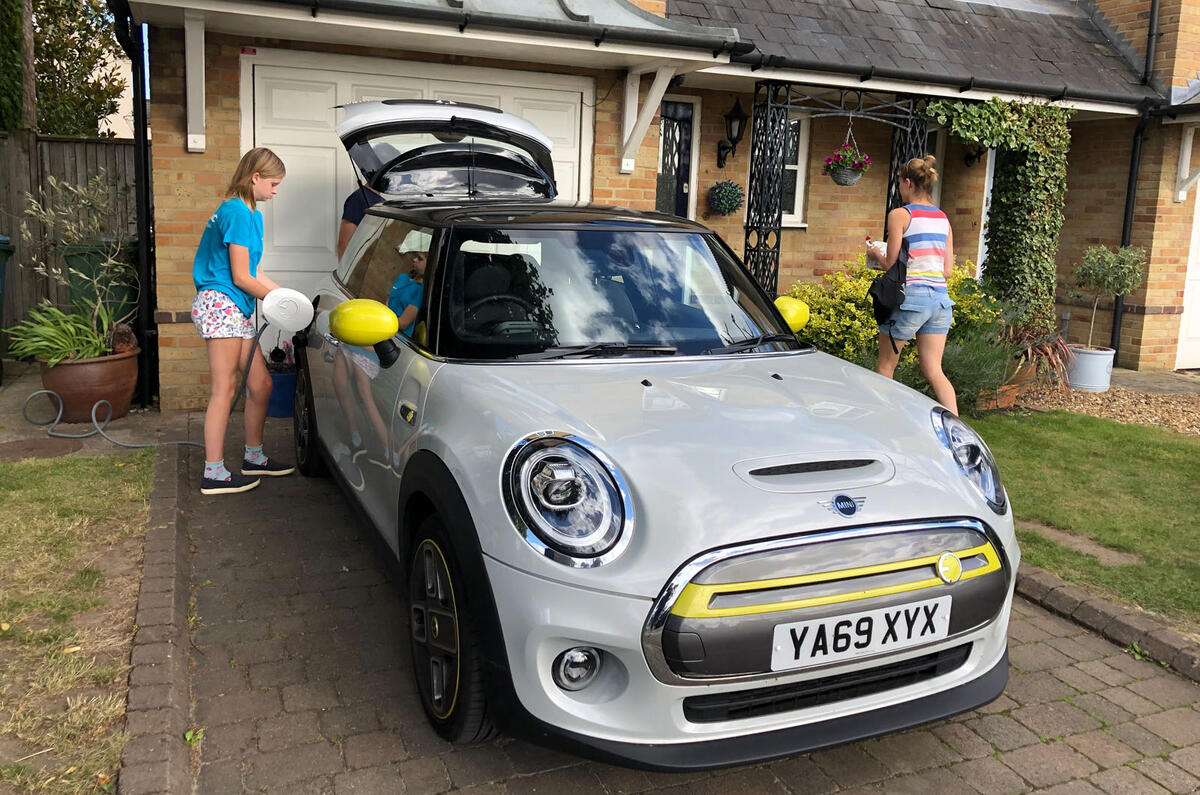

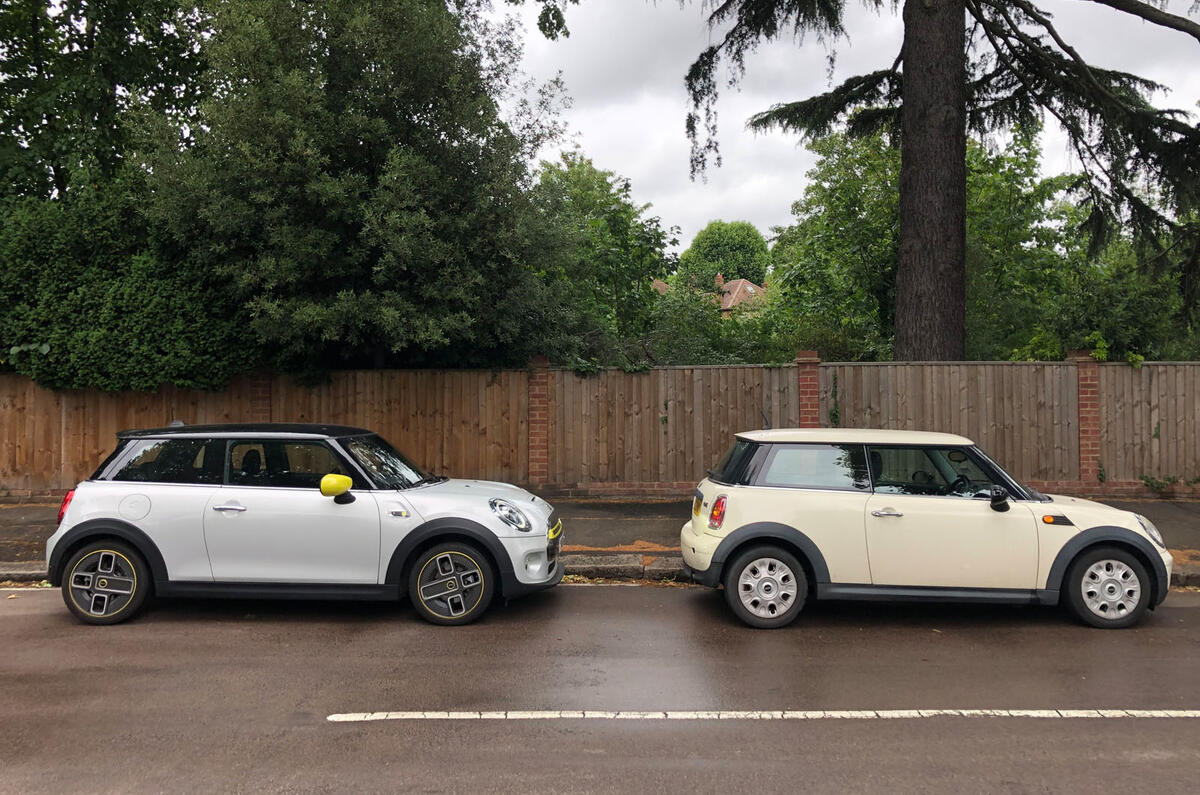



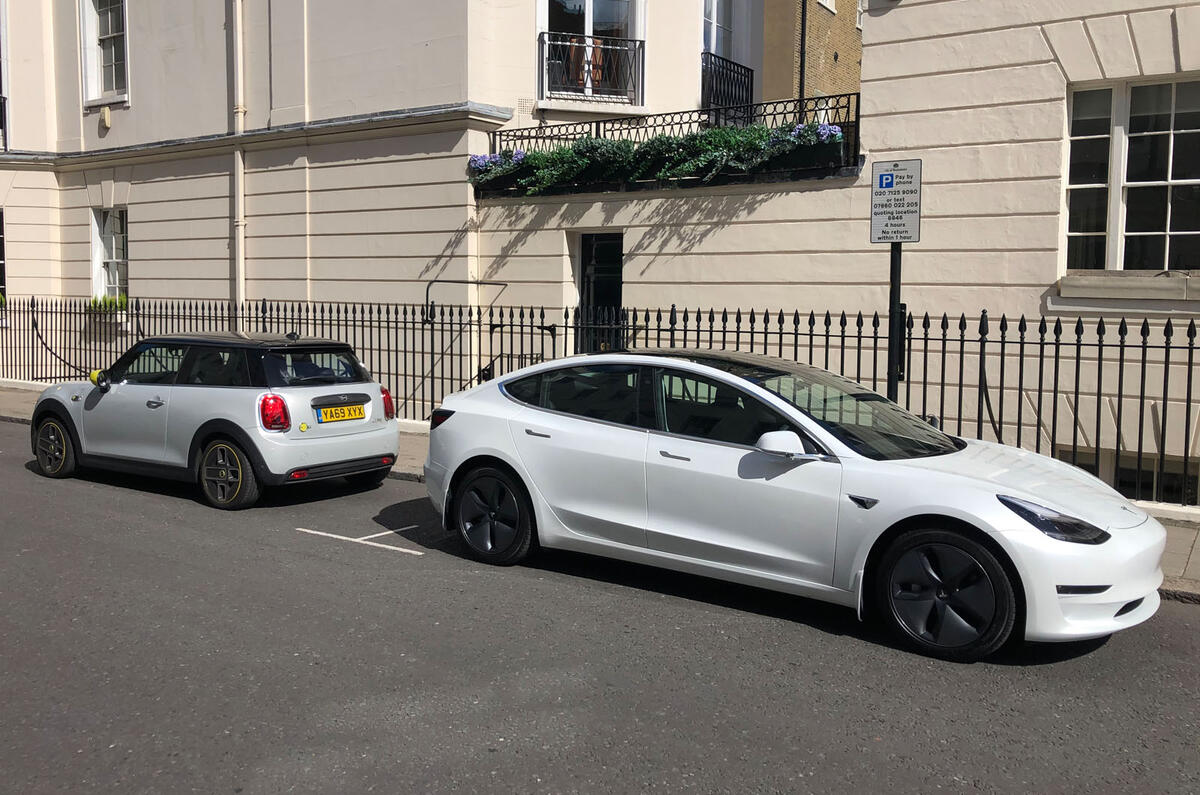
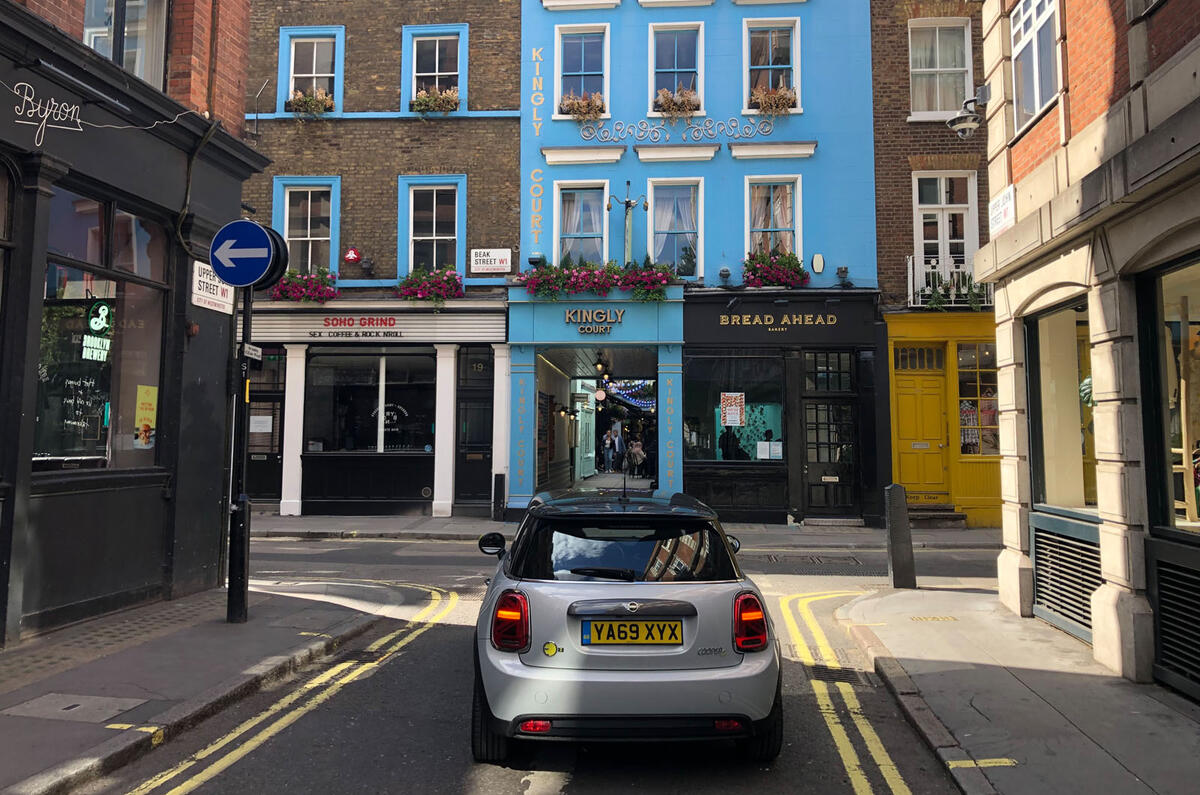



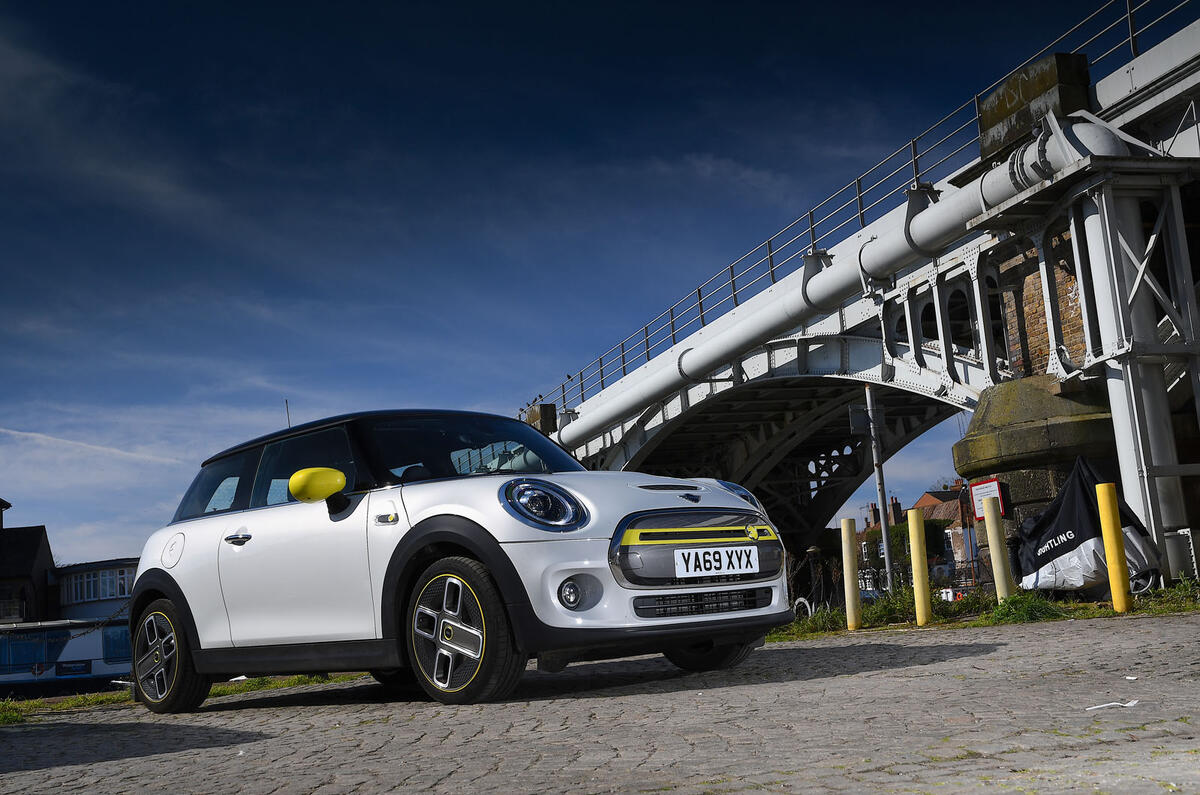

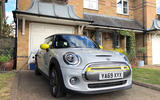

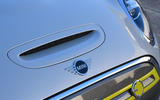
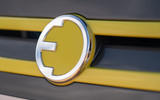
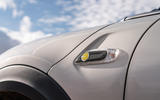
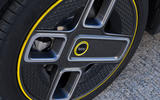
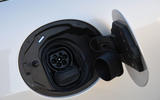

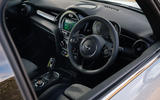
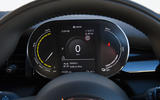

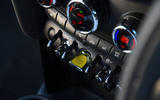
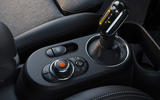
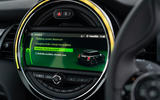
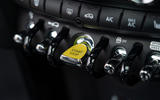

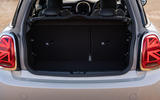
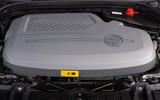


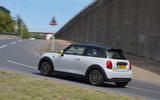




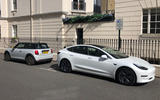








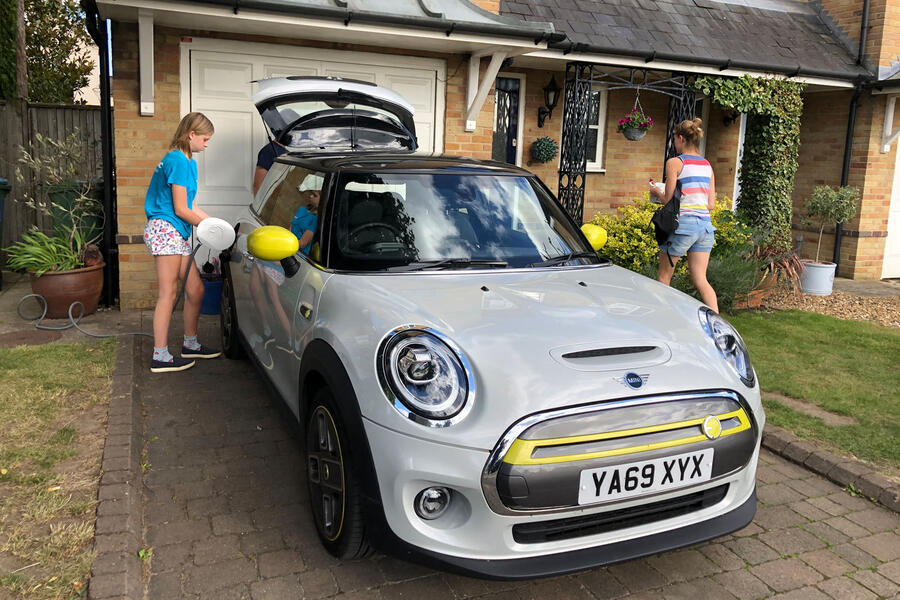

Join the debate
Add your comment
These make the perfect second
These make the perfect second car for a household. Sadly few can afford such an expensive second car. However in 3 years when the second hand ex fleet cars come to market it will start to be a different thing.
The £3,000 from tax payer to get private buyers into EVs is nothing compared the tax break for company car driver who ends up paying nothing at all. It still doesnt really make sense for a private buyer to go EV with a new car, but once they have depreciated, and are available in larger numbers it will be different.
It would be interesting for Autocar to tell us the split of EV sales between private and business. However all those company cars are going to end up with the public in the end.
Of course you are still going to need somewhere to plug it in. And at some point the government are going to want some tax from EV drivers so the current saving will reduce at some point.
Price
4k more than the equivanlent Mini but then it'll save at could save 1.5k a year on fuel and tax. No doubt some will still moan BEV's are useless till they can do 300+ miles in one go and recharge in less than 3 minutes, at least they are an ever diminishing luddite mob
I agree
On the face of it £24900 ( after grant ) is a huge price for a small town car, but if you're in the market to buy this size of vehicle new, is there a better buy? You're paying north of £20,000 ( list price anyway ) for a ICE rival these days so as the author says, if you have access to charging, then it sounds a no brainer. As a bonus, I'm guessing the residuals will be as good as any car on sale in the UK.